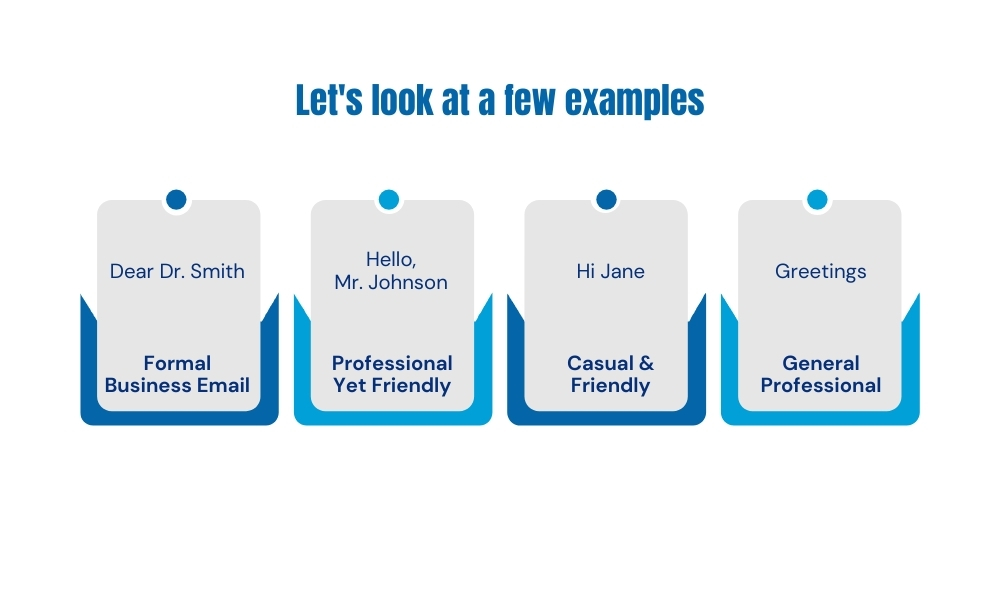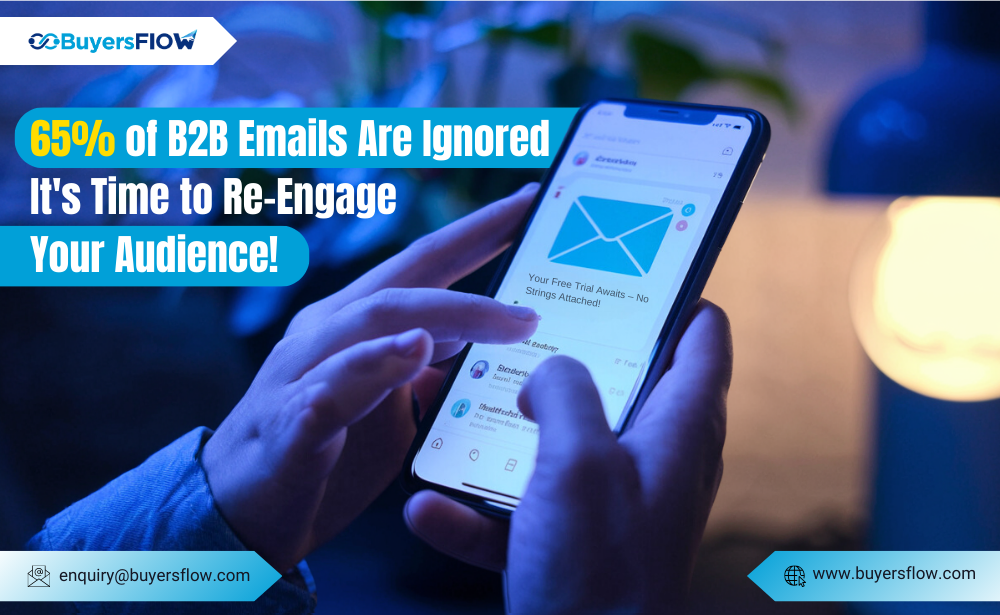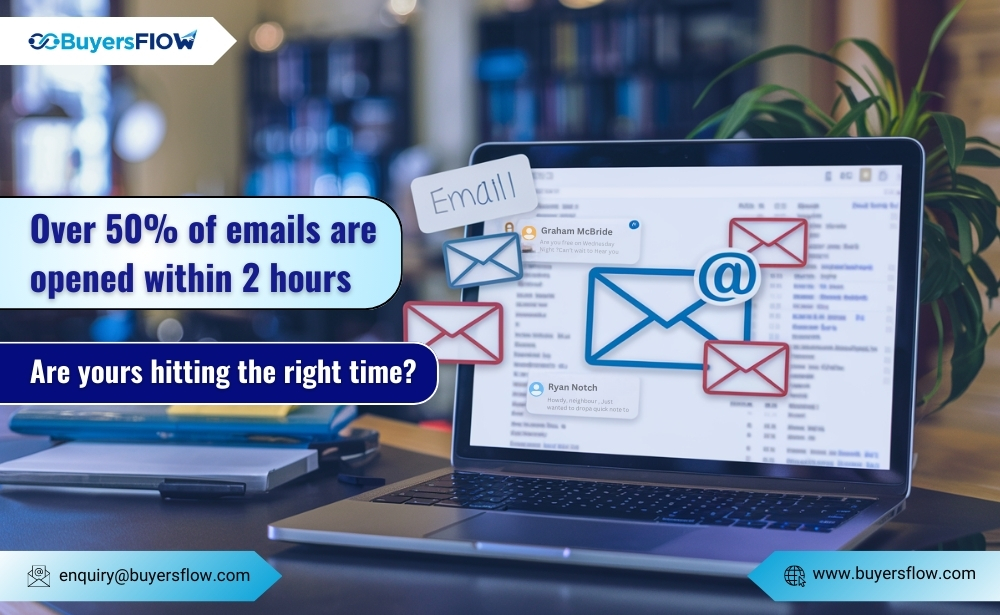The way we communicate has a profound impact on how we are perceived. One area that often gets overlooked is the humble email salutations. Yet, these simple greetings are the first impression you make on your recipient and can set the tone for the entire email. Mastering email greetings is an essential skill that can enhance your professionalism and strengthen your communication.
Why Email Salutations Matter
Email salutations are the gateway to your message. They convey respect, set the tone, and can even influence the reader’s response. Here’s why they are so crucial:
- First Impressions Count: The salutation is the first thing your recipient reads. A well-chosen greeting can make your email feel warm and welcoming, while a poorly chosen one can come off as impersonal or even rude.
- Setting the Tone: Your salutation sets the tone for the rest of the email. A formal greeting can convey professionalism, while a casual one can make the email feel more friendly and approachable.
- Reflecting Your Brand: In a business context, your email salutation can reflect your brand’s personality. Whether you choose a traditional greeting or a more modern one, it should align with your brand’s voice.
Best Practices for Email Salutations
To master the art of email salutations, keep the following best practices in mind:
- Know Your Audience: Consider who you are emailing. Is it a colleague, a client, or a friend? Tailor your salutation to fit the relationship and the context of the communication.
- Formal Salutations: Use these for professional settings, such as “Dear [Title] [Last Name]” or “Greetings.”
- Informal Salutations: Use these for familiar contacts, such as “Hi [First Name]” or “Hello.”
- Consider Cultural Differences: Email etiquette can vary significantly across cultures. For international communications, research or ask about preferred salutations to avoid any unintended offense.
- Use Titles Appropriately: When in doubt, err on the side of formality. Using titles and last names is a safe bet for initial communications, especially in a business context.
- Avoid Overly Casual Greetings: While “Hey” or “Yo” might be acceptable among close friends, they are generally too casual for professional emails.
- Personalize When Possible: Personalizing your salutation by using the recipient’s name can make your email feel more engaging and respectful.
Common Mistakes to Avoid
Even with the best intentions, it’s easy to make mistakes. Here are some common pitfalls to watch out for:
- Misspelling Names: Double-check the recipient’s name for spelling errors. A misspelled name can make your email seem careless.
- Using Incorrect Titles: Ensure you use the correct titles, especially if the recipient has a professional designation such as “Dr.” or “Professor.”
- Being Too Informal: Overly casual salutations can come across as unprofessional, especially in business communications.
- Forgetting to Update the Salutation: If you’re using an email template, make sure to update the salutation for each new recipient.
Crafting the Perfect Salutation
Now that we understand the importance of email salutations, let’s look at some examples of how to craft the perfect greeting for various contexts:
Personalizing Your Email Salutations
Personalization is key to making your email stand out. Here are a few tips to help you add a personal touch to your greetings:
- Use the Recipient’s Name: Whenever possible, use the recipient’s first name for a more engaging salutation.
- Reference Previous Conversations: If you’ve communicated before, reference your last interaction. For example, “Hi John, I hope you enjoyed your weekend trip.”
- Acknowledge Milestones: If you know the recipient has recently achieved something significant, mention it in your salutation. For example, “Congratulations on your promotion, Sarah!”
Conclusion
Whether you’re crafting a formal business email or a friendly message to a colleague, the right email salutation can make all the difference. Take a moment to think about your greeting; after all, first impressions matter. Remember to tailor your salutation to your audience, consider cultural differences, and personalize whenever possible.
Speaking of personalization and email optimization, AI can now do all of the heavy lifting for you. While you sit back and relax, AI can generate subject lines and email bodies based on your information. BuyersFlow can be the perfect tool if you’re looking to leverage AI for all your email marketing needs. Sign up with BuyersFlow today and get 7500 free emails/month.







